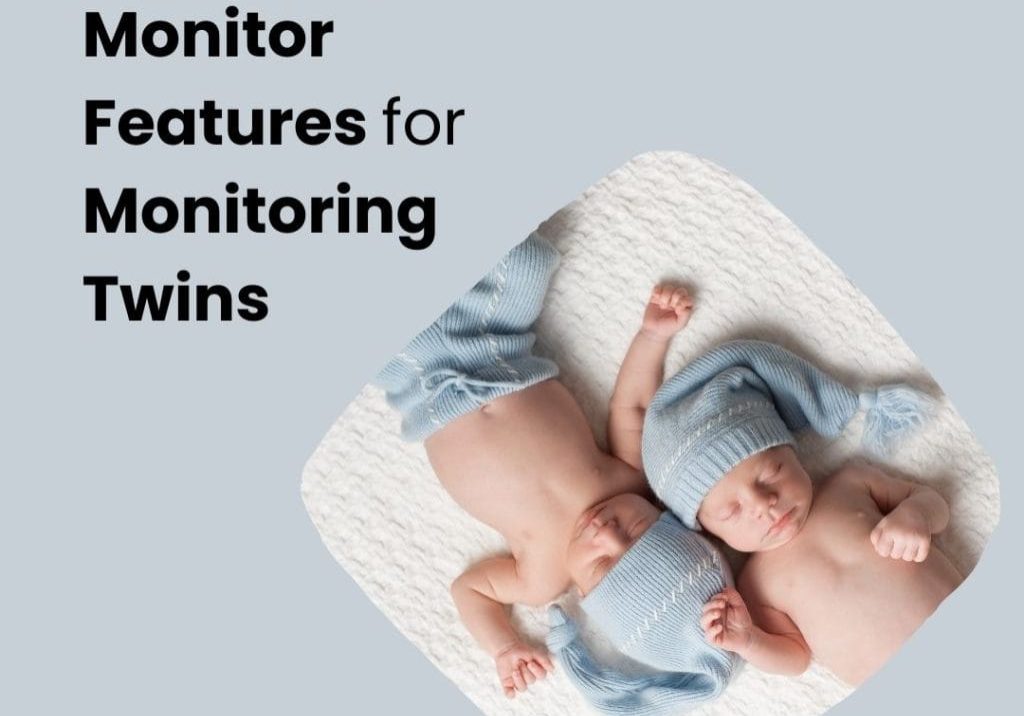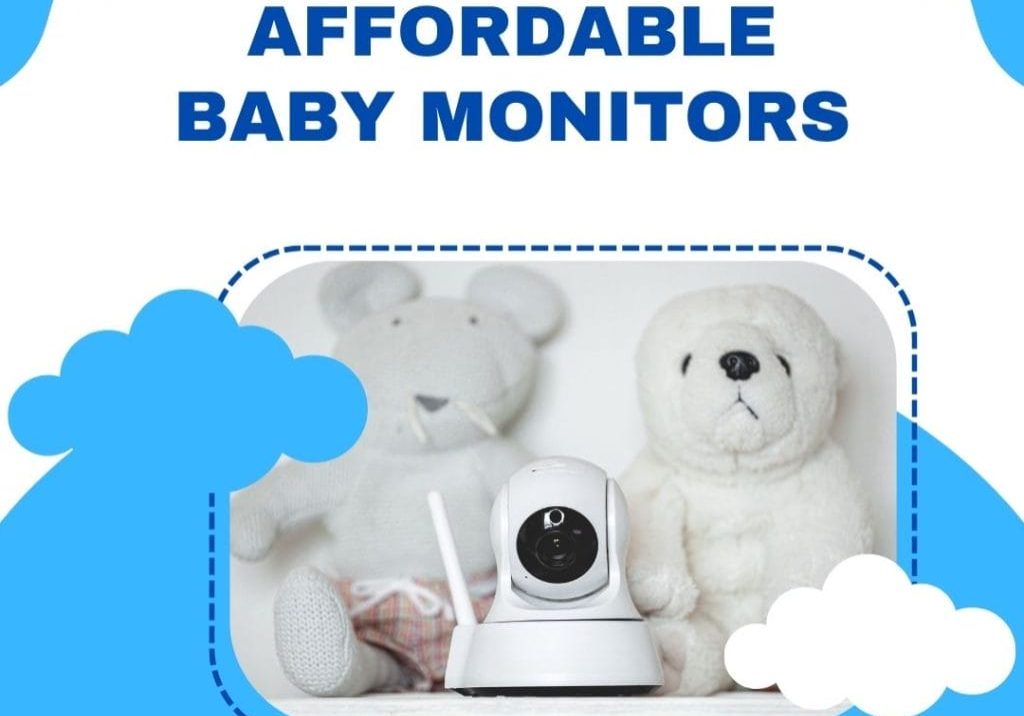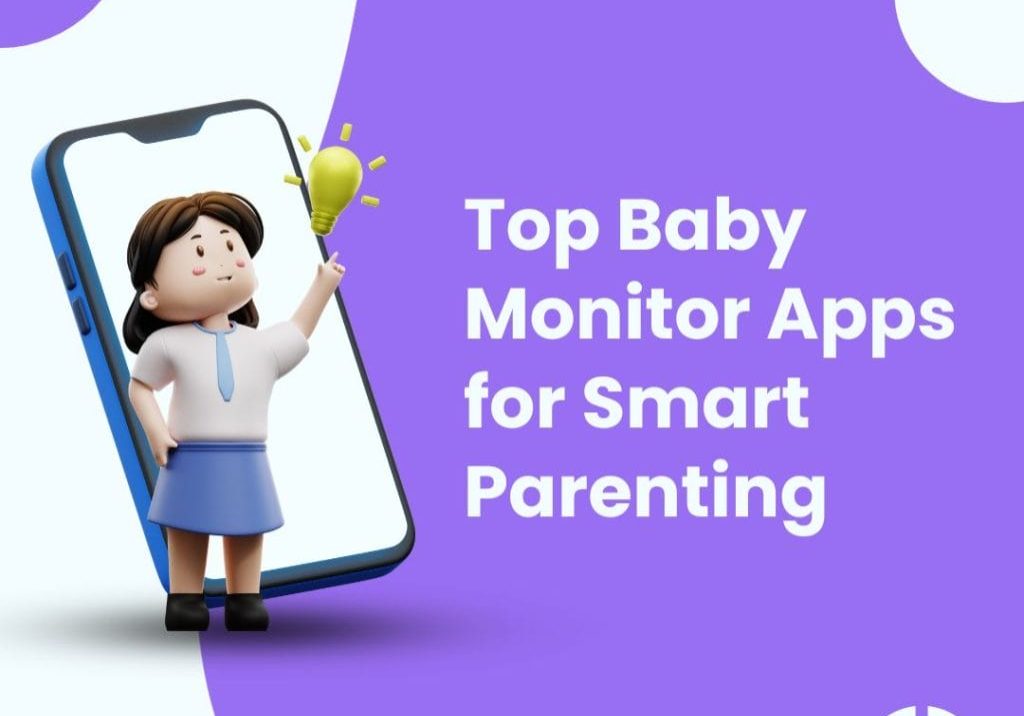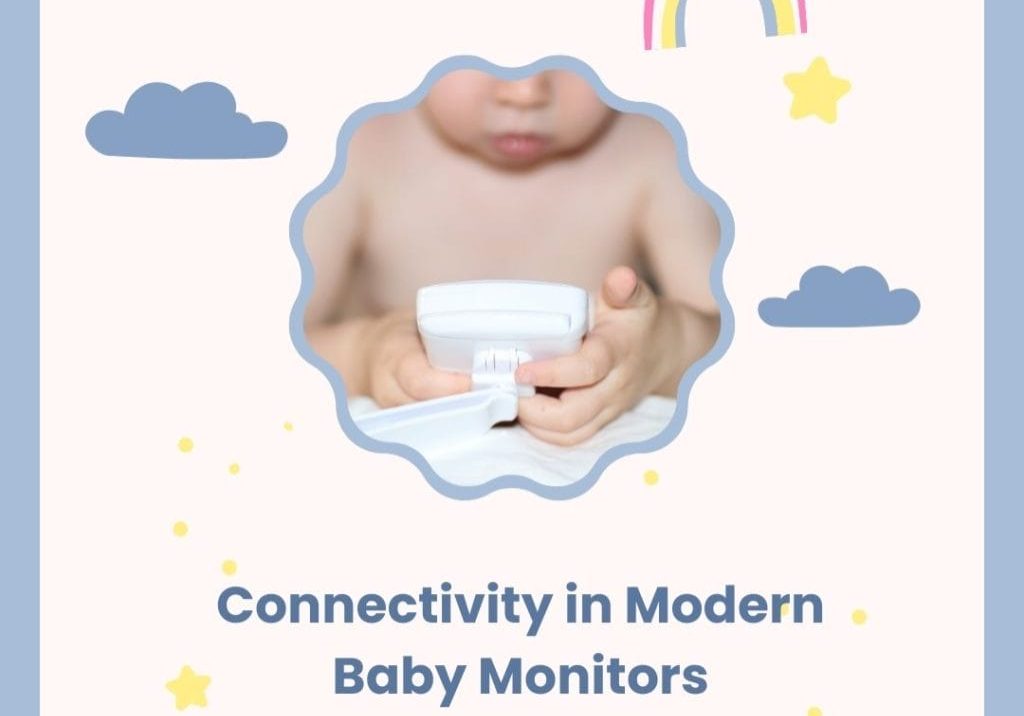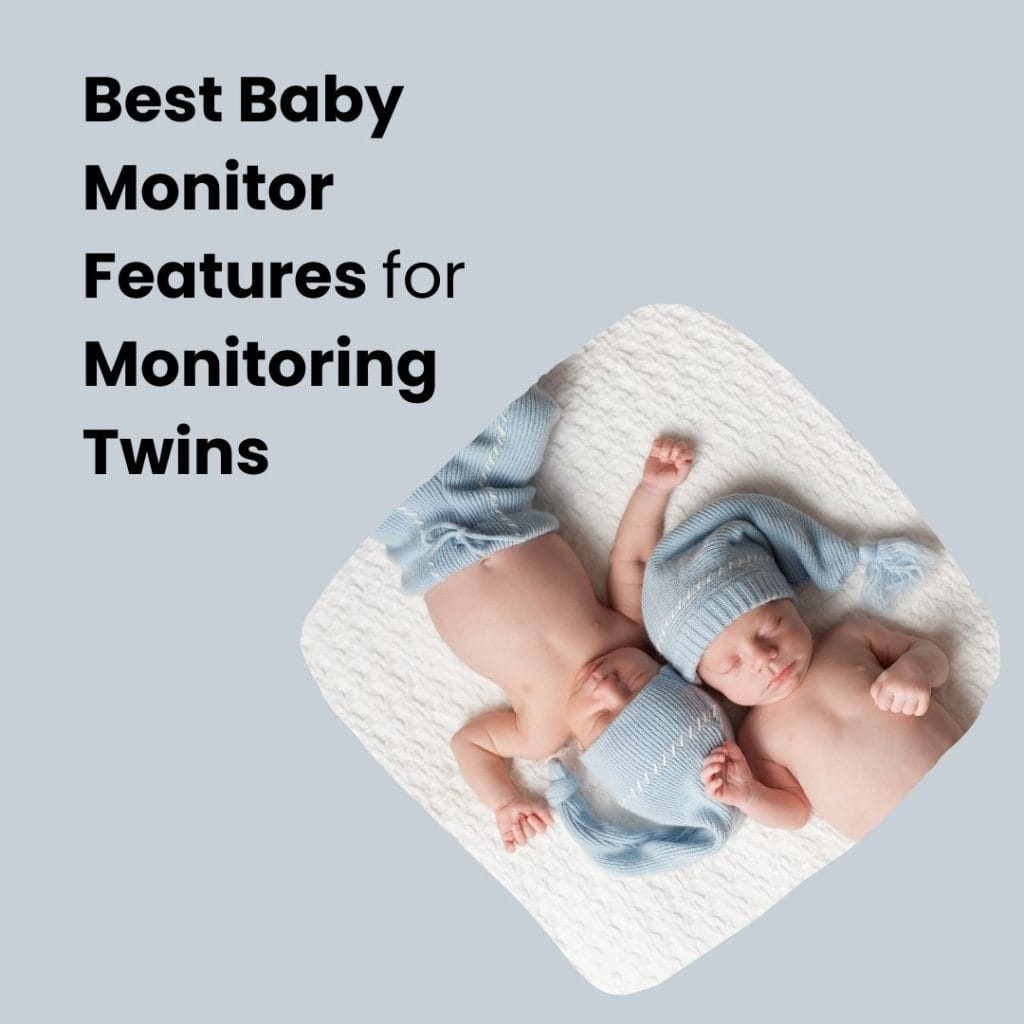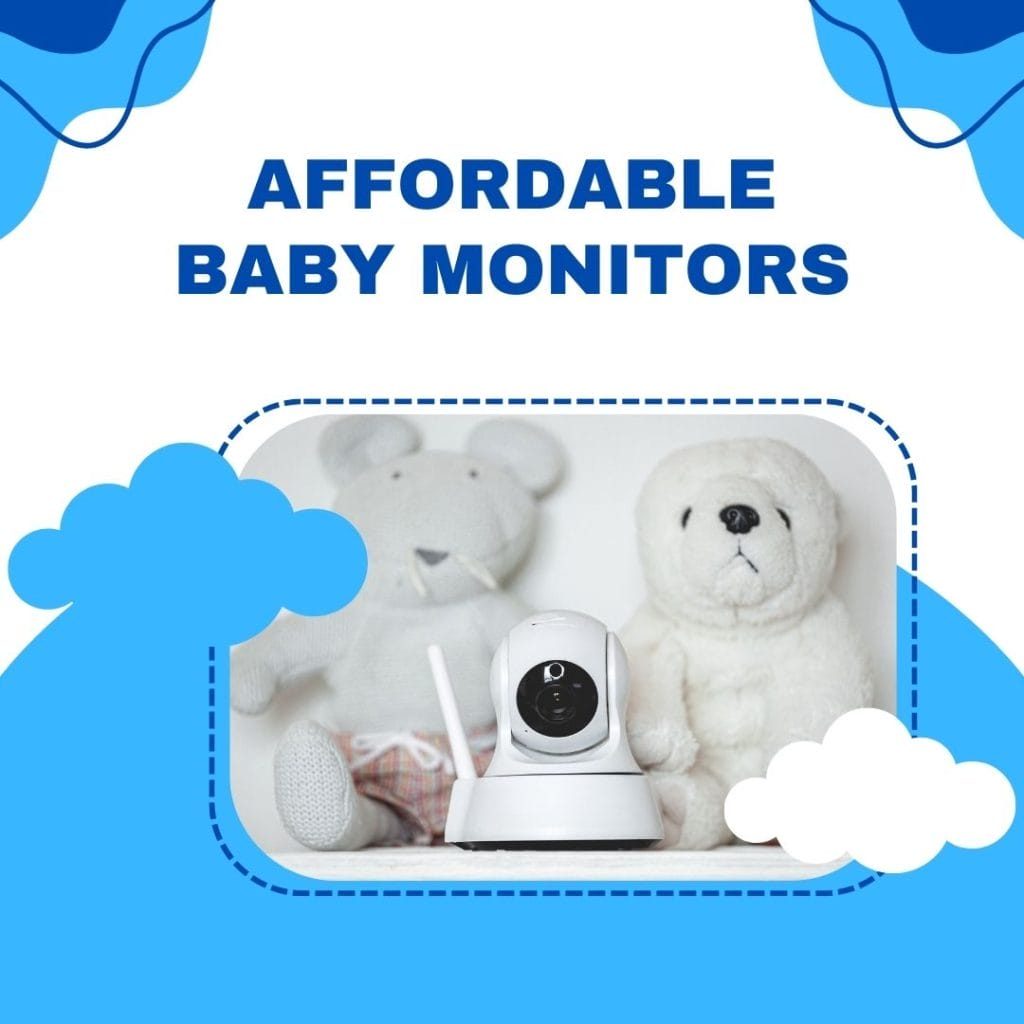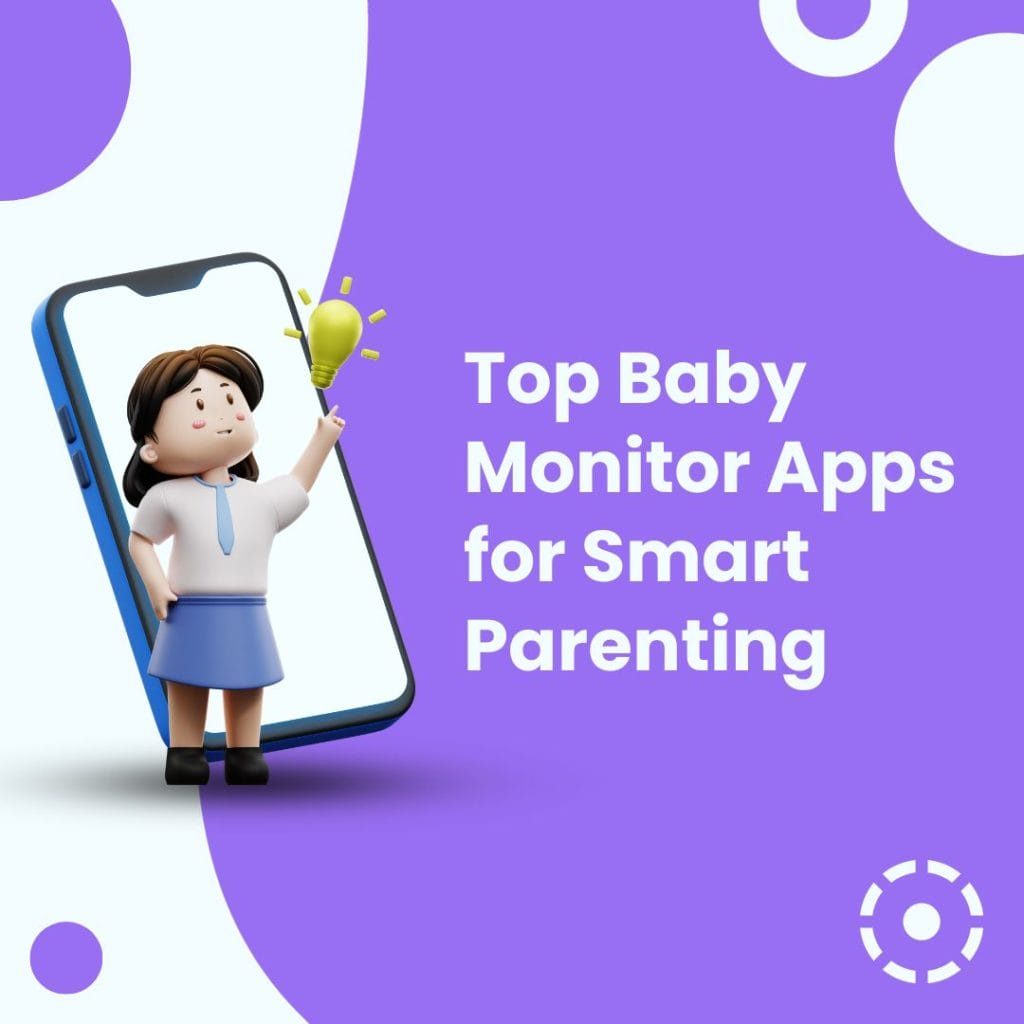With the rising need for ensuring infant safety, Baby Monitors for Safety have become an indispensable tool for modern parents. These devices provide real-time surveillance, enabling parents to monitor their baby’s movements and behavior, thereby enhancing their peace of mind. The evolution of baby monitors has greatly contributed to increasing infant safety at home.
Enhancing Infant Safety with Modern Baby Monitors
Parents face a delicate balancing act when it comes to choosing baby monitors. On one hand, these devices offer invaluable support in enhancing infant safety by allowing constant monitoring and detection of potential risks, such as Sudden Infant Death Syndrome (SIDS). On the other hand, certain models can expose your baby to potentially harmful levels of radiation.
More features in your baby monitor can often mean higher radiation levels. It therefore becomes crucial for parents to evaluate the actual needs vs the advertised features of these devices. Behind the flurry of promotional jargon, there may be hidden risks that could have long-term effects on your baby’s health.
Baby monitors operate on a spectrum of radio frequencies, sending audio and video signals from the monitor to the receiver. The range of frequencies emitted varies by model and can indeed pose potential health threats to your baby. In 2011, The International Agency for Research on Cancer (IARC), a segment of the World Health Organization (WHO), declared that all radio frequencies could potentially cause cancer.
Modern baby monitors tend to use DECT or FHSS technologies, functioning on frequencies between 1.89 GHz to 2.4 GHz. It’s worth noting that these are the same electromagnetic frequencies (EMF) that microwaves and WiFi routers utilize. Given this, there are valid concerns about the high radiation levels these devices emit.
What Are The Dangers And Health Side Effects Of Baby Monitors?
The dangers and health side effects of baby monitors primarily revolve around the potential harmful effects of radiation exposure. Baby monitors, like any wireless device, emit electromagnetic fields (EMFs) that can pose potential health risks if exposure is prolonged or frequent.
One concern is the potential link between long-term EMF exposure and developmental issues in children. Some research suggests that consistent, high-frequency EMF exposure could potentially impact brain development, leading to cognitive and behavioral issues.
Moreover, the World Health Organization’s International Agency for Research on Cancer (IARC) has categorized EMFs as “possibly carcinogenic to humans”. While there is no conclusive evidence linking baby monitor use to cancer, the potential risk raises valid concerns.
Lastly, exposure to high-frequency EMFs, such as those emitted by baby monitors, could potentially contribute to sleep disturbances and behavioral changes in infants. It’s important to note that more research is needed to fully understand these potential risks and correlations.
How Can You Protect Your Child From Baby Monitor Radiation?
Two crucial aspects can mitigate the potential risks associated with the elevated radiation levels emitted by baby monitors:
- Choose a baby monitor with lower frequency to minimize the potential risks associated with high levels of radiation.
- Position the monitor at a safe distance from your baby’s bed to mitigate any potential hazards.
Low-frequency RF video monitors
When choosing a baby monitor, it is advisable to select a model that operates on low-band frequencies ranging between 35 to 50 MHz. Such low-frequency monitors employ analog frequency modulation, akin to FM radios, ensuring a steady radiation output without intermittent surges.
However, there’s a catch. While monitors operating on lower frequencies can offer safer radiation levels, they often come with their own set of drawbacks. Notably, the quality of their signal tends to be less reliable, leading to potential issues such as:
- Clarity of audio and video may be compromised.
- Signal strength diminishes quickly, especially when transmitting through walls.
- Limited availability of interactive features, including two-way voice communication or music triggering.
Baby monitor safe distance from the crib
Ensuring a safe distance between your baby’s crib and the baby monitor is crucial to mitigate radiation exposure. The general rule of thumb is to position the device at least 6 feet (1.8 meters) away from the crib. This distance ensures that any radiation emitted by the monitor dissipates enough to pose a minimal risk while still allowing it to effectively monitor your baby’s movements and sounds.
Are There Safe Baby Monitor Models Available?
In an ideal world, to completely eliminate risks, you would have to depend solely on your personal observation while also safeguarding your little one from all radio and electromagnetic frequencies in your surroundings. This implies no WiFi, no cell phones, and no microwaves. However, this is not a practical solution. Most parents find baby monitors to be a critical tool, providing an extra set of eyes and ears to monitor their child while they attend to other responsibilities around the house.
For parents seeking to minimize potential interference, it’s advisable to consider baby monitor models designed with low-emission technology. Such monitors can be broadly categorized into two types:
- Analog baby monitors with low emissions: These monitors operate on the 49 MHz frequency band, minimizing emissions to the absolute lowest levels. However, they can only transmit audio and do not support video.
- Digital baby monitors with low emissions: Providing a viable alternative to analog monitors, these devices operate within the frequency range of 1.89 GHz to 2.4 GHz. Some modern digital monitors, like the Eufy SpaceView mentioned earlier, allow users to reduce electromagnetic frequencies by utilizing voice-activated features.
Baby Monitor Health Safety Bottom Line: Opt For The Lowest Emission Possible With The Features You Need
Prioritizing your baby’s well-being, it’s crucial to invest in a baby monitor that offers essential features while minimizing frequency levels. If there are concerns about Sudden Infant Death Syndrome or related conditions, consulting your doctor is advisable. In such cases, a baby monitor with heartbeat and breathing tracking features, such as the Nanit Pro monitoring system or the Owlet Smart Sock + Cam, may be preferred.
Consider the proximity of your child’s bedroom to your usual location when using the baby monitor. Assess factors like the number of walls between, and determine if a powerful signal is necessary. If not, opt for a lower-emission model to minimize potential risks.
When selecting a baby monitor, exercise caution as low-frequency models may compromise safety for signal quality. Additionally, ensure the chosen monitor provides both audio and video feeds for effective monitoring.
Frequently Asked Questions
Are voice-activated digital baby monitors the best option?
Voice-activated baby monitors strike a balance, offering an optimal combination of safety and functionality. In their default setting, they operate on a low frequency, transmitting only audio. However, upon detection of your baby’s cries, these devices switch automatically to a video feed. This smart functioning significantly curtails the constant, unnecessary exposure to high electromagnetic radiation. Nevertheless, it’s essential to note that all voice-activated models are not created equal. Certain models have the capacity to completely shut off high-frequency transmissions, whereas others simply mute the background noise yet continue to emit high radio frequencies.
What does it mean that the transmitter must not be co-located with another wireless device?
Many baby monitor user manuals issued by manufacturers specify that the device should not be co-located with another wireless gadget. In essence, this suggests not to position a device like a WiFi router in close proximity to the baby monitor. The reasoning behind this is that experts, when evaluating the electromagnetic radiation levels emitted by a monitor, carry out their tests on the device in isolation. As a standalone entity, most baby monitors are considered relatively safe, provided all other health and safety guidelines are adhered to. However, the presence of additional devices emitting electromagnetic frequencies could lead to a cumulative absorption by your child, potentially surpassing the recommended radiation exposure limit.
Conclusion
In conclusion, ‘Baby Monitors for Safety’ are indispensable tools for modern parenthood, providing an extra pair of eyes and ears to ensure the well-being of your child. However, it is vital to consider the frequency emissions and the potential interference of other devices when choosing the best fit for your family. Opting for models with low-emission technology and voice-activated features can strike a balance between safety and functionality. Remember, the safety of your infant is paramount and warrants thoughtful consideration when investing in a baby monitor.


